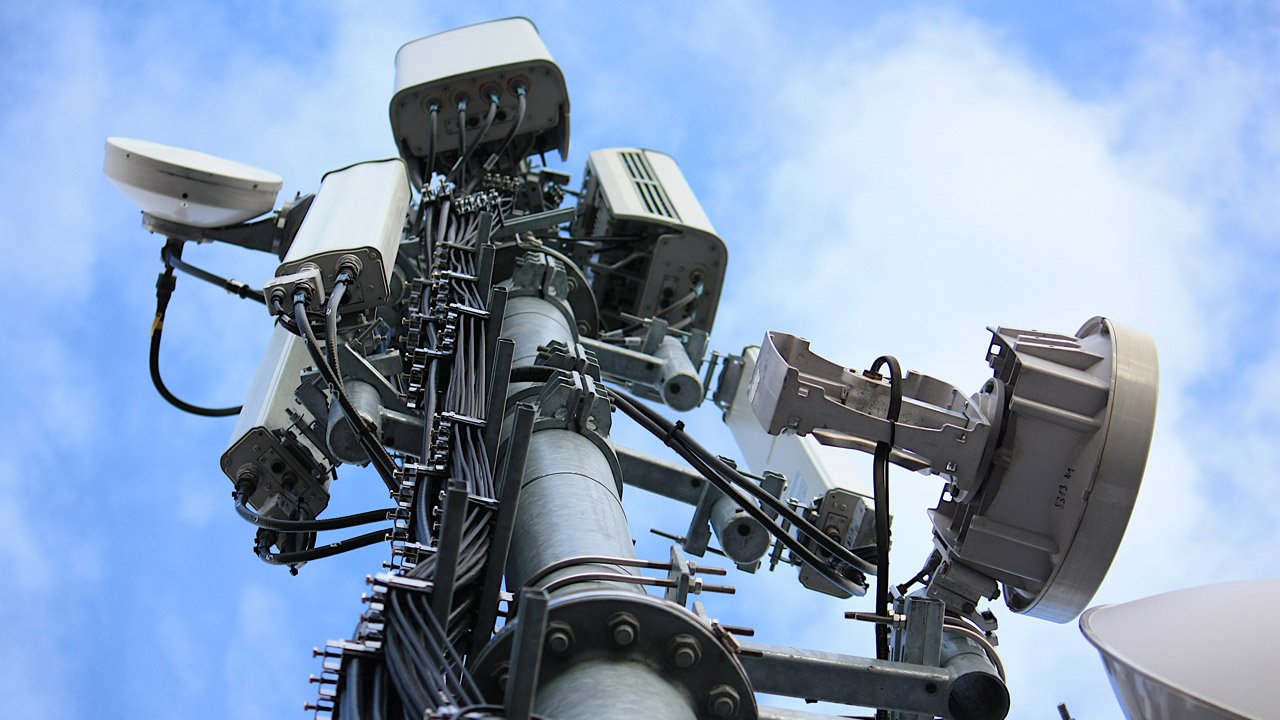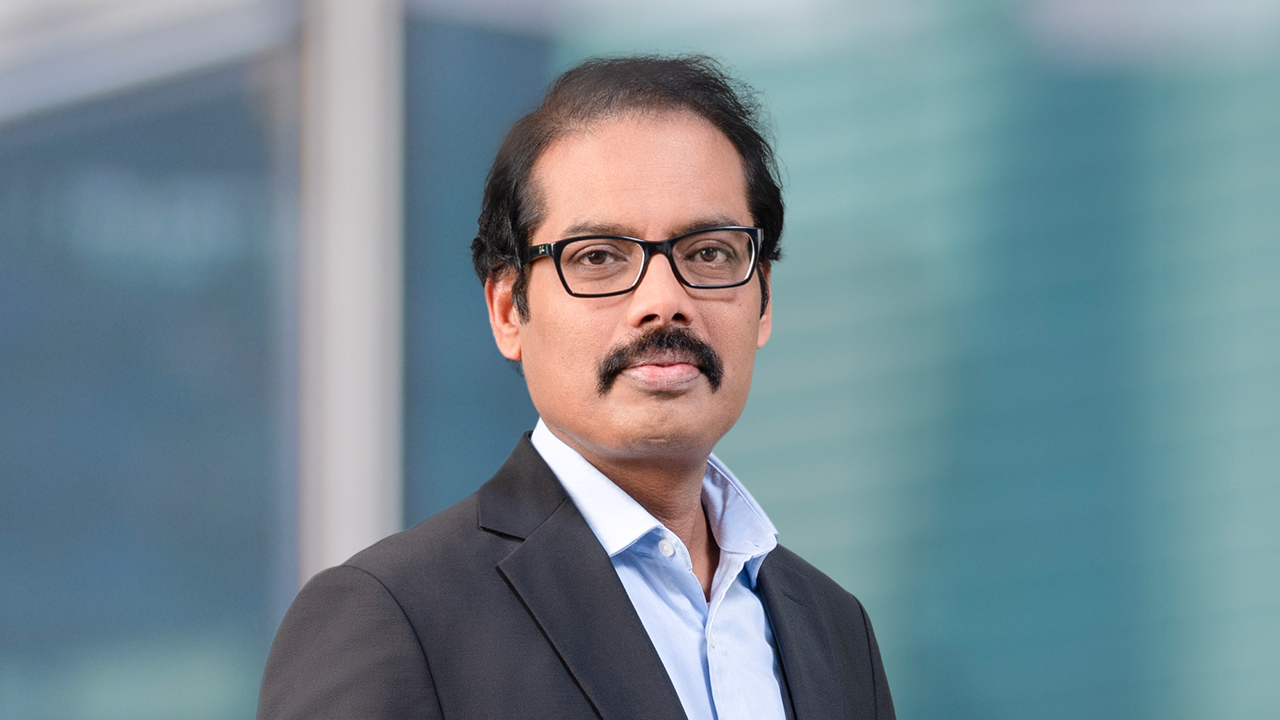12.12.2022
Faster 5G through frequency bundling:O2 Telefónica and Nokia use 5G carrier aggregation for upload for the first time

O2 Telefónica and Nokia bundle frequencies for 5G upload for the first time
O2 Telefónica and Nokia make the upload of files and videos on the 5G network even faster. For the first time, the telecommunications provider and its technology partner have bundled two 5G frequencies to increase the maximum data rate when sending data over the mobile network. This so-called carrier aggregation technology is already used extensively in the 4G/LTE network. The two companies have also already conducted their own tests for bundled downloads via 5G. Now, for the first time, O2 Telefónica and Nokia are demonstrating carrier aggregation for uploads using the frequencies below 6 GHz used in Germany in the 5G standalone network.

Mallik Rao
“We want to offer our customers an optimal 5G experience in their everyday digital lives. We are continuously working on technological innovations that will make our O2 network of the future more powerful,” says Mallik Rao, Chief Technology & Information Officer of O2 Telefónica. “With frequency bundling, we will enable our customers to enjoy faster downloads and uploads in our 5G network in the future. Together with our long-time partner Nokia, we have succeeded in taking this step also for uploads in the 5G standalone network. Carrier aggregation will take our 5G network to the next level and improve the network experience.”
Mark Atkinson, SVP, Radio Access Networks at Nokia, says: “This successful Carrier Aggregation uplink trial on sub-6 GHz spectrum is yet another example of Nokia’s innovation and technology leadership and the continuation of our fruitful partnership with O2 Telefónica. While many 5G services require high downlink data rates, increasing sub-6 GHz uplink speeds is an important precondition for advanced 5G use cases. Carrier Aggregation software complements our high-performance AirScale portfolio, placing Nokia at the forefront of providing technologies that support mobile operators in maximizing radio network efficiencies.”
Higher upload data rates pave way for metaverse and new 5G applications
Carrier aggregation enables mobile operators to maximize their spectrum resources, achieve higher data rates, increase 5G coverage and thus improve the overall 5G experience for customers. Faster upload is crucial from a customer's point of view to share large files, HD videos or livestreams with other users. A faster uplink also enables better virtual/augmented reality experiences. At the same time, it paves the way for the data-intensive metaverse, where customers move around in virtual space with avatars.
Regarding industrial and business customers, O2 Telefónica will enable new networking solutions via faster uplinks in the future, such as live transmissions from automobile production, the transmission of vital data in the medical sector or faster digital data exchange at public authorities.
Bundling of 1800 MHz and 3.6 GHz in the 5G standalone network
For the test, O2 Telefónica combined 70 MHz on the 3.6 GHz band (n78) with 20 MHz on the 1800 MHz band (n3) using carrier aggregation technology. In the test, the companies achieved a peak throughput of 144 Mbit/s over 5G standalone.
Carrier aggregation combines the advantages of the two frequency bands. The 3.6 GHz frequency typically offers higher speeds and capacity but has a shorter range. The 1800 MHz frequency, on the other hand, can cover larger areas due to its physical properties. Bundling gives customers more bandwidth and higher speeds over a larger area.
Mobile communications innovations tested under real conditions in Potsdam
O2 Telefónica and Nokia conducted the test in the O2 network in Potsdam. The companies have been operating an innovation cluster there since 2018 to test new networking solutions and network architectures in the live network under real conditions. Most recently, O2 Telefónica implemented Nokia's Cloud RAN technology in the 5G network in Potsdam. This offers new opportunities for automation and flexibility as well as for accelerating the introduction of innovations.